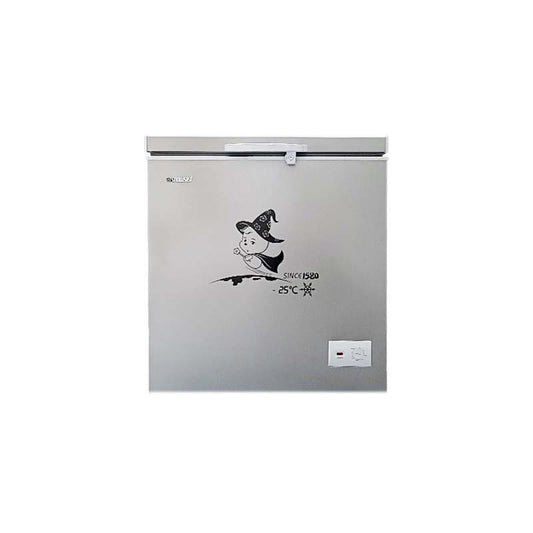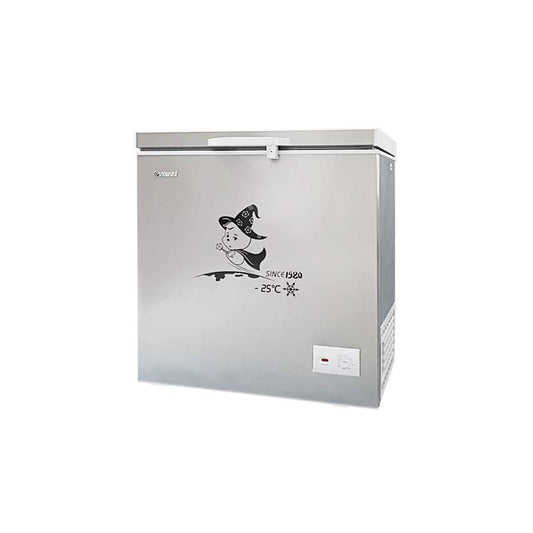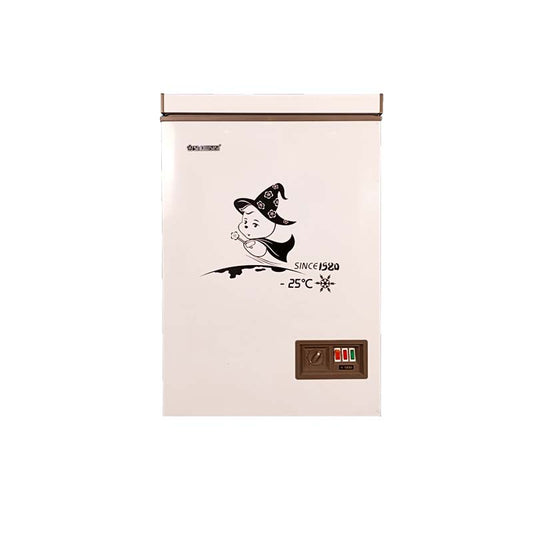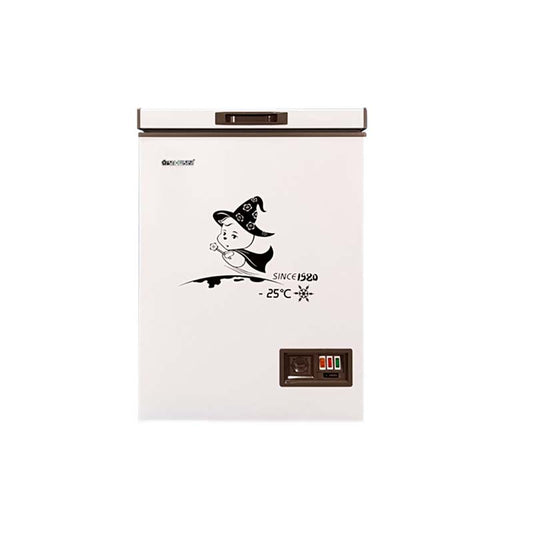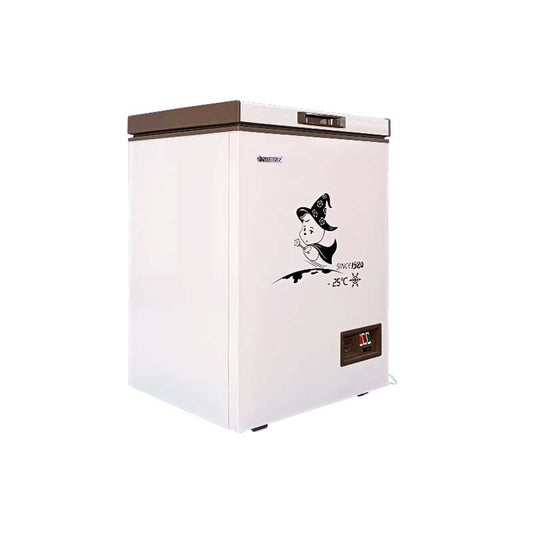Product Specifications
· Loss rate (average loss of fresh products is 5-8%) requires precise temperature control equipment. Insufficient storage space during promotion periods (fluctuation in freezer utilization rate reaches 40%).
· Model: BD-268
· Energy efficiency class: Class A
· Refrigerant type: R134a/R600a
· Product dimensions: 1100×600×850 mm
Core functional features
· Intelligent temperature control system (precise temperature control of ±0.5℃)
· Detachable large-capacity storage basket (1.2L / 15kg load-bearing)
· Automatic defrosting and drainage system (150-hour defrosting cycle / 300ml single drainage volume)
· Humanized lid handle design.
· Dual safety protection (mechanical combination lock + electronic anti-theft buckle)
· Visual indication of power status (three-color LED light: green - normal / yellow - warning / red - fault)
· Stable operation with ultra-wide voltage (167V-265V±15%)
Optional expansion components
· LED lighting module.
· External condenser (enhanced heat dissipation performance)
· Special cooling fan for compressor.
· Expandable storage basket and partition components.
Packaging specifications of Series A
· Quantity per carton: 40 units (40HQ container)
· Net weight/Gross weight: 36kg/40kg
· Product volume: 1100×600×850 mm
· Packaging volume: 1145×615×880 mm
Market prospects of product application
· The global supermarket industry reached a size of $8.2 trillion in 2023 (data from Statista), with a compound annual growth rate of 3.8%.
· The proportion of fresh food continues to rise: fresh food sales in the Asia-Pacific region account for 42% (vs. the global average of 35%).
· Online penetration is accelerating: global online supermarket transactions exceeded $1.5 trillion in 2023, accounting for 18.7% of the total.
Core growth trends
· Rise of the middle class in emerging markets: Supermarket consumption in India and Southeast Asian countries grows by 9-12% annually.
· Expansion of instant retail: 30-minute delivery services cover 70% of major cities worldwide, driving the growth of small warehouse-style supermarkets.
· Upgrade of healthy consumption: The revenue per unit area of organic food sections in European and American supermarkets has increased by 25-30%.
Target Customer Group
· Small and medium-sized supermarket operators
core customer base
· Small and medium-sized supermarkets: Focus on fresh produce loss rate (from 5% to 2%) and energy-saving benefits.
· Community group-buying operators: Need wide voltage adaptation (for electrical circuits in old warehouses) and rapid deployment (compatible with standard shelves).
· Chain catering enterprises: Strong demand for HACCP-certified equipment (indispensable for central kitchen inspections).
potential expansion group
· Cross-border e-commerce service providers (compatible with EU F-Gas regulations)
· County-level supermarkets (policy-driven cold chain sinking)
- Choosing a selection results in a full page refresh.
